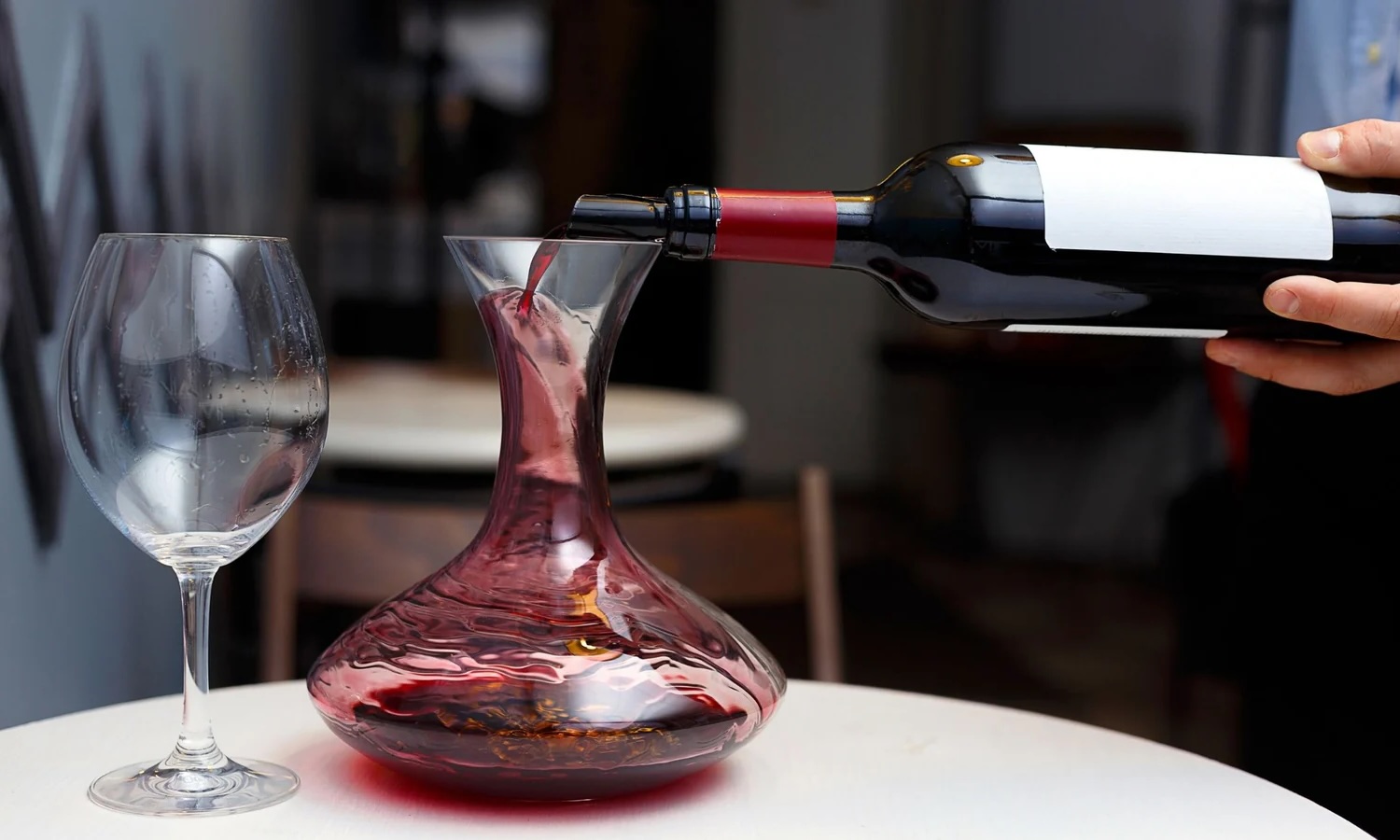
Decanting is more than just a fancy term used by wine enthusiasts. It's a process that can significantly enhance your wine-drinking experience. But what exactly is decanting, and why should you care? Decanting involves pouring wine from its bottle into another container, usually a decanter, to separate the liquid from any sediment and to allow the wine to breathe. This simple act can improve the flavor, aroma, and overall enjoyment of your wine. Whether you're a seasoned sommelier or a casual wine drinker, understanding the ins and outs of decanting can elevate your appreciation for this age-old beverage. Ready to learn more? Let's dive into 34 fascinating facts about decanting!
What is Decanting?
Decanting is the process of slowly pouring liquid from one container to another, leaving sediment behind. It's a practice often associated with wine but has applications in other areas too.
- Decanting Wine: This process helps separate wine from sediment, which can affect taste and texture.
- Improving Flavor: Decanting allows wine to breathe, enhancing its aroma and flavor.
- Aging Wine: Older wines often have more sediment, making decanting crucial for a better drinking experience.
- Young Wines: Even young wines benefit from decanting as it helps soften tannins and release aromas.
- Decanter Shapes: Decanters come in various shapes, each designed to maximize surface area exposure to air.
- Materials Used: Most decanters are made from glass or crystal, which are non-reactive and preserve the wine's integrity.
- Decanting Spirits: Whiskey and other spirits can also be decanted to enhance their flavors.
- Aeration: Decanting introduces oxygen to the liquid, which can help mellow harsh flavors.
- Visual Appeal: Decanters add an elegant touch to any table setting, making the drinking experience more enjoyable.
- Historical Practice: Decanting dates back to ancient times when it was used to remove impurities from liquids.
The Science Behind Decanting
Understanding the science can make the process more effective and enjoyable.
- Oxidation: Exposure to air causes oxidation, which can enhance or degrade flavors depending on the liquid.
- Sediment Separation: Sediment is often bitter or astringent, so removing it improves the taste.
- Chemical Reactions: Oxygen interacts with compounds in the liquid, altering its chemical structure and flavor profile.
- Temperature Control: Decanting can help bring a liquid to the optimal drinking temperature.
- Surface Area: The wider the decanter, the more surface area is exposed to air, speeding up the aeration process.
- Pouring Technique: Pouring slowly and steadily helps keep sediment in the original container.
- Time Factor: The length of time a liquid is decanted can significantly impact its flavor and aroma.
- Volatile Compounds: Decanting helps release volatile compounds, which contribute to the aroma.
- Tannins: In wine, tannins can be softened through decanting, making the wine smoother.
- pH Levels: Decanting can slightly alter the pH levels, affecting the taste and mouthfeel.
Practical Tips for Decanting
Knowing how to decant properly can make a big difference in the outcome.
- Clean Decanter: Always use a clean decanter to avoid contaminating the liquid.
- Right Timing: Decant just before serving to ensure the best flavor.
- Use a Funnel: A funnel can help pour the liquid without spilling.
- Watch the Sediment: Keep an eye on the sediment as you pour to stop at the right time.
- Let it Sit: Allow the liquid to sit in the decanter for a few minutes to an hour, depending on the type.
- Swirling: Gently swirl the decanter to help aerate the liquid.
- Storage: Store the decanter in a cool, dark place if not serving immediately.
- Labeling: If decanting multiple liquids, label each decanter to avoid confusion.
- Glassware: Use appropriate glassware to complement the decanted liquid.
- Practice: The more you decant, the better you'll get at it.
Fun Facts About Decanting
Here are some interesting tidbits that might surprise you.
- Ancient Rome: Romans used decanting to improve their wine, often adding spices and honey.
- Royalty: Decanters were once a symbol of wealth and were often elaborately decorated.
- Modern Use: Today, decanters are used in both casual and formal settings.
- Gift Idea: A beautiful decanter makes a great gift for wine and spirit enthusiasts.
Final Sip
Decanting isn't just for fancy dinners. It's a simple way to make your wine taste better. By letting wine breathe, you can enjoy its full flavor and aroma. Decanters come in all shapes and sizes, but they all do the same job. Whether you're using a fancy crystal decanter or a simple glass pitcher, the result is the same: a more enjoyable glass of wine.
Remember, not all wines need decanting. Young reds and some whites can benefit, but older wines might not. Always taste your wine first to see if it needs a little air. And don't forget, decanting isn't just for wine. Spirits like whiskey and brandy can also benefit from a little time in a decanter.
So next time you open a bottle, give decanting a try. You might be surprised at the difference it makes. Cheers!
Was this page helpful?
Our commitment to delivering trustworthy and engaging content is at the heart of what we do. Each fact on our site is contributed by real users like you, bringing a wealth of diverse insights and information. To ensure the highest standards of accuracy and reliability, our dedicated editors meticulously review each submission. This process guarantees that the facts we share are not only fascinating but also credible. Trust in our commitment to quality and authenticity as you explore and learn with us.
